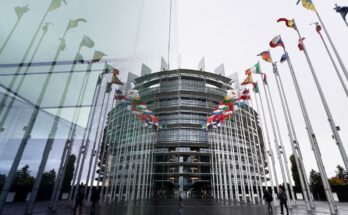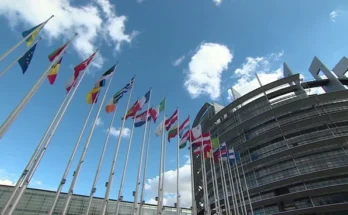Rome, November 13 (Adnkronos Health) – The management of chronic pain in our country follows very different paths, which change from one region to another. There is a context in which the network works, where the patient is not left alone. But there are also situations that are far behind, where orientation is difficult, where references are non-existent, where access is not timely and unfair. What can be done concretely so that the right not to suffer as regulated in Law 38 of 2010 becomes a reality, by changing what is currently often called a territorial lottery into a system that is close to the patient? This is the theme of ‘Chronic pain – Institutional commitment to ensure immediate access to treatment’, the fifth and final episode of the vodcast series ‘And you, do you know how it feels?’, created by Adnkronos in collaboration with Sandoz, available on the Adnkronos YouTube channel and Spotify.
On February 25, 2025, a new Manifesto on chronic pain was signed, defined as Manifesto 2.0, which calls on us to move “towards a new awareness of pathology to guarantee appropriate care for patients with chronic pain”. Its strength lies not only in its content, but also in the way it emerged: a true alliance between the scientific community, physicians, national and regional institutions, companies, healthcare stakeholders, patients and citizens. A synergistic, joint, inclusive work, which ultimately aims to implement and realize the laws we have had in Italy for fifteen years.
Honorable Ilenia Malavasi, member of the Social Affairs Committee of the House of Representatives, said clearly: “There is no culture of chronic pain treatment in our country”. This is still the biggest obstacle today. We continue to think of pain as just a symptom, the result of something else. And not as an autonomous, complex and disabling pathology, which has a major impact on the quality of life. There is also a deep cultural component: “Suffering is not always considered pathology.” The results are known: late diagnosis, long journey, inappropriate access. And “there is also a very striking gender factor”: it is often women who live longer without adequate care. For Malavasi, there are two things that need to be done: raise public awareness and train medical professions, from general practitioners, to specialty schools and specialized courses at universities.
In her speech, Tiziana Nicoletti, head of coordination of the Cittadinanzattiva Chronic and Rare Diseases Association, underlined how law 38, despite being a “guardian of civilization”, is “little known and little applied”. The data emerging from the Cittadinanzattiva survey is very strong: “70% of citizens do not know the law”. And 60% of them already suffer from chronic diseases. This means that those who need information most do not have the means to exercise their rights. And without information, there is no empowerment. And without empowerment, there is no demand and the system will not change.
According to Paolo Fedeli, Head of Corporate Affairs at Sandoz, the Manifesto is a tool to highlight what works and make “plasma proven” the value of things that are already available, but not yet uniformly accessible. The key, for Fedeli, is not to reinvent: “But to systematize, integrate, communicate, create centers, regions, training and communicating networks”. And most importantly, “ensuring that the Region actually produces a coherent strengthening plan”. Malavasi reiterates an important point: “We really need to start again from transversal training for all health professionals.” Because the patient’s first interlocutor, the family doctor, must recognize chronic pain for what it is and immediately direct it to the right place. “Faster diagnosis – he observes – means fewer costs, fewer inappropriate waiting lists, fewer pilgrimages between specialists. And it also means clearly differentiating palliative care and pain therapy, avoiding the conceptual overlap that slows development and implementation.”
Nicoletti closed with a call to truly incorporate pain therapy into the new structure of Dm77. Chronic pain is a reality that is still under construction, still not uniform, still too conditioned by zip code. But there are tools, there are laws, there are alliances and possible scenarios, as explained in the Vodcast series ‘And you, do you know what that feels like? Understanding and managing chronic pain’, online on the YouTube channel and in the podcast section of adnkronos.com and on Spotify.



